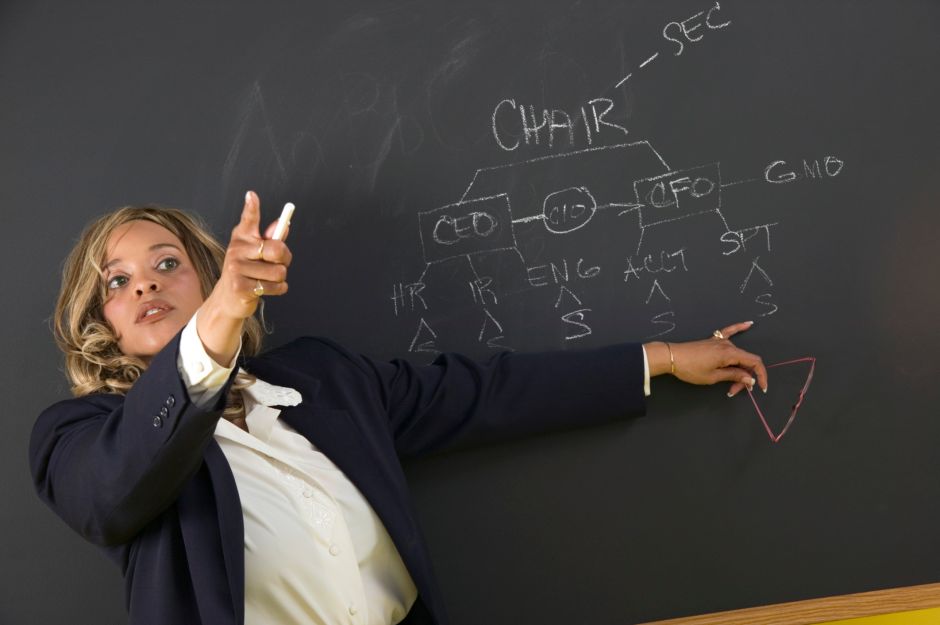Look in the mirror and review racist practices | The NY Journal
[ad_1]

To call herself a true ally, the teacher will have to look within with the same critical sense that judges the outside.
Photo:
Archive / Impremedia
In the United States there are more or less 3.5 million professionals practicing teaching. 79% of them are white and 76% of the total are women. And so it has been for the past two decades, even after efforts to promote the importance of racial diversity within institutions dedicated to education.
“We must not rest until we are able to recruit a more diverse group of individuals to model dark-skinned children in our schools,” said Latrina Johnson, assistant to the Director of Instruction at RePublic High School in Nashville, TN. He added: “Caucasian educators either adjust once and for all, or they should leave the field. There are no other options left, you have to change yourself or change who you serve.
Although the words of this educator sound harsh, the truth is that they clearly express the feeling of fatigue experienced by many Afro-descendant teachers, who have seen the system beat around the bush for too long.
In an interview, Johnson calls for a new way of approaching the issue of equity and social justice in the field of education. The times demand that our allies stop being passive agents to become active voices, ready to fight prejudice, to question their own positions. In such a way that your contribution contributes significantly to the liberation of the brown communities that fight for equality, he commented for the magazine The74million.org.
Achieving this is going to require a review of intentions, because, as author Ta-Nehisi Coates said in In Between the World and Me, the danger of just having very good intentions is that throughout history they act like a sleeping pill that perpetuates the same nightmare. A new dream would demand from the allies, in addition to intentions, radical changes that produce a first-class education for dark-skinned children.
One of the first steps is for teachers to look at themselves in the mirror, trying to review racist practices, of which (whether they want to or not) they have been complicit. To dismantle these practices, Latrina proposes the following questions:
Do you regularly seek the company of colleagues of other races in order to get to know them personally? Do you perceive black and Latino parents as “difficult”? Do you speak for those who do not have a voice and / or give them the light and the platform to express their ideas and feelings? Do you step aside when you feel overwhelmed or do you stay in the fight? How do you adapt the teachings and approach the texts to present the story from a perspective other than Eurocentric? Which side do you take when assaults on your fellow blacks occur? Do you help them or do you leave them alone?
It is not enough to put photos of historical figures of the black, Indian or Latino races. To this must be added a different analysis, based on the recognition of the contribution of other ethnic groups and a re-examination of academic materials.
In short, to call herself a true ally, the teacher will have to look within with the same critical sense that judges the outside. If there is no sincere desire to self-question, to see to what extent privilege has made her an accomplice, then the promised liberation will not come through a mass of educators unable to reflect the student body for whom she works.
The wood that is required for the realization of this new paradigm demands marathoners with a great capacity for introspection. That’s what real allies would be made of.
-Hergit Llenas is an activist, writer and director of Hispanic Participation for The American Federation for Children
.
[ad_2]
Source link



